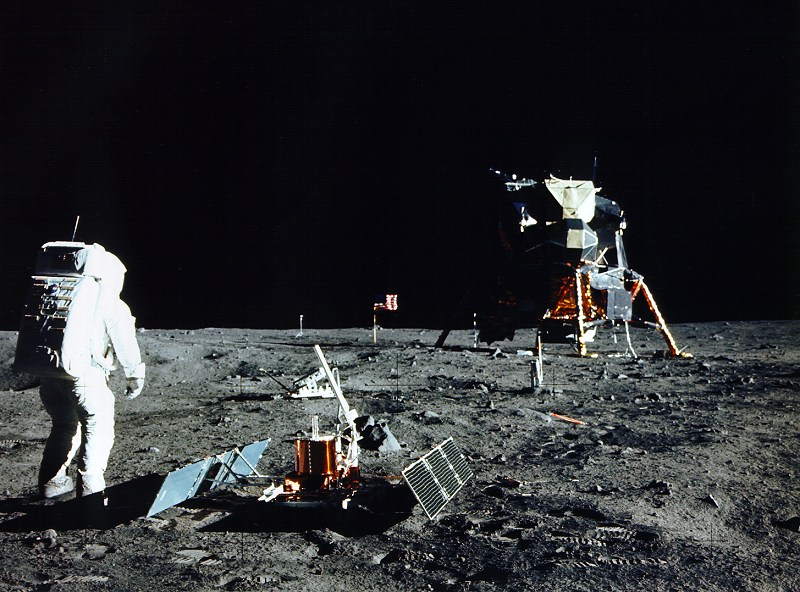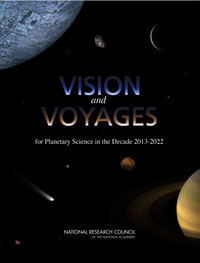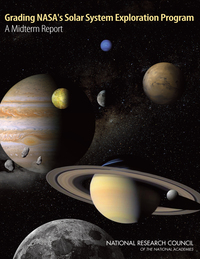
“A grand attempt to reach beyond the world of mundane life and transcend the ordinary limits of human existence through accomplishment of the miraculous – a story of engineers who tried to reach the heavens.”
The Spaceflight Revolution, William Bainbridge
Fifty years ago, six hundred million people watched in awe as Commander Neil Armstrong took mankind’s first steps on lunar soil. For eight days, Apollo 11 carried Commander Neil Armstrong, Command Module Pilot Michael Collins and Lunar Module Pilot Edwin “Buzz” Aldrin through space, as they made celestial observations that served as the foundation of previously inconceivable human exploration beyond planet Earth. For 21 ½ hours, Armstrong and Aldrin explored the Moon’s surface, gathering 47.5 pounds of Moon rocks to bring home, communicating back to Earth through thousands of miles of cosmic dust, and chronicling their experiences to share with the world. This milestone in human history marked an age of significant technological achievement, space exploration, and discovery, and inspired the world with possibilities of the future. This week, we commemorate the 50th anniversary of the Apollo 11 mission to the Moon.
Since Armstrong’s famous words, “one small step for a man, one giant leap for mankind,” travelled thousands of miles from the lunar surface to Earth, there have been many new discoveries and conclusions regarding space, technology, and humanity. Astronaut-driven lunar rovers and other specialized equipment such as the Modularized Equipment Transporter (MET) enable astronauts to conduct longer, more in-depth geological surveys of different locations on the Moon’s surface. Project Apollo, spanning from 1961–1975, not only accelerated scientific discovery, but also further developed society’s understanding of our own place within the cosmos. 50 years later, we ask ourselves: where do we go from here?
On December 11, 2017, President Donald Trump signed Space Policy Directive-1 (SPD-1). This new directive instructed the Administrator of the National Aeronautics and Space Administration (NASA) to lead a program of exploration with commercial and international partners to enable human expansion across the solar system and bring back to Earth new knowledge and opportunities. Beginning with missions beyond low-Earth orbit, the United States will lead the return of humans to the Moon for long-term exploration and utilization, followed by human missions to Mars and other destinations.
In response to and in support of the vision expressed in SPD-1, the National Academies released a report that reviewed decadal and other community-guided lunar science priorities as context for NASA’s current lunar plans and evaluated the actions being taken by NASA’s Planetary Science Division (PSD) to support lunar science. At the request of NASA PSD, the National Academies released a second report that explores plans for commercial partnerships, lunar infrastructure development, and related aspects of NASA’s lunar science and exploration initiative. In celebration of the 50th anniversary of one of the most important days in human history, and to learn more about innovations in space technology, read online or download our reports.
On December 11, 2017, President Donald Trump signed Space Policy Directive-1 (SPD-1). The new directive replaced original text in the National Space Policy of the United States of America and instructed the Administrator of the National …
On December 11, 2017, President Donald Trump signed Space Policy Directive-1 (SPD-1). The new directive replaced original text in the National Space Policy of the United States of America and instructed the Administrator of the National …























































